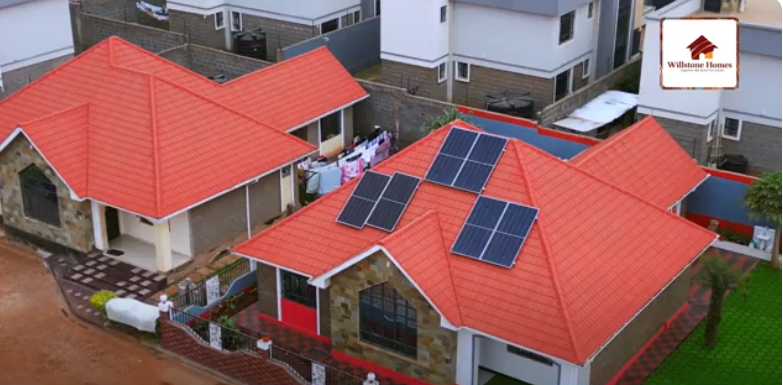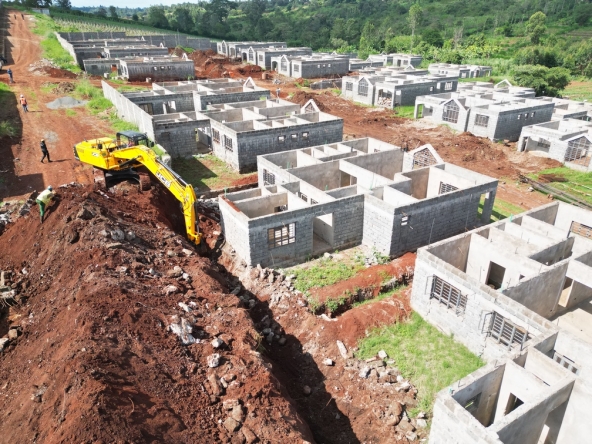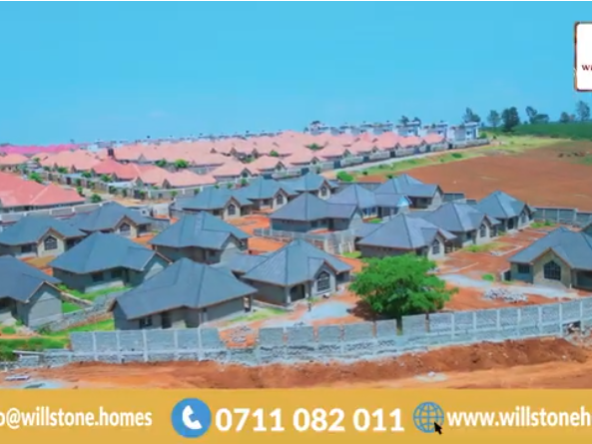Kenya’s green bond market has moved from proof-of-concept to a working financing channel for low-carbon housing and infrastructure. Early landmark deals — notably a KSh 4.3 billion programme linked to student housing — showed investors that proceeds earmarked for energy- and water-efficient buildings can be both impactful and bankable. Today, international development banks, local capital markets, and private developers are converging to scale sustainable real estate projects across Nairobi and other urban centres.
What exactly is a green bond and how does it help real estate?
A green bond is a fixed-income security whose proceeds are ring-fenced for projects that deliver environmental benefits — for real estate this typically means energy efficiency, low-carbon construction, water savings, climate resilience, or on-site renewable energy. For developers, green bonds can lower the cost of capital (through blended finance and guarantees), increase investor appetite, and improve project marketability to eco-aware buyers and tenants. The Nairobi Securities Exchange and the Capital Markets Authority have published guidance and listing rules to support issuance locally.
Read Also: Contractor or Fundi? Why Your Choice Can Make or Break Your Construction Project in Kenya
Who’s issuing green bonds in Kenya today?

A handful of players are active or supporting issuance — from private developers to government-backed financial programmes. The table below highlights some of the key institutions and their roles in Kenya’s green bond ecosystem.
| Issuer / Partner | Project Type | Amount (KSh) | Key Green Features | Year |
|---|---|---|---|---|
| Acorn Holdings Ltd | Student housing (Nairobi) | 4.3 Billion | EDGE-certified, energy & water efficiency | 2019–2023 |
| EIB & AFD (via local banks) | Affordable housing finance | 10+ Billion (collective) | Renewable energy, insulation, low-carbon materials | 2022–2025 |
| FSD Kenya / Kenya Green Bond Programme | Market development | N/A | Technical assistance & verification | Ongoing |
| Absa Bank Kenya | Eco-Home Loan products | Undisclosed | Solar financing, energy-efficient homes | 2023–Present |
| Treasury / Capital Markets Authority | Policy framework | N/A | Green bond listing & certification guidance | 2024–Present |
This evolving landscape demonstrates how Kenya’s capital markets, commercial banks, and development partners are aligning to scale sustainable real estate financing.
- Property developers: Acorn Holdings led East Africa’s early green bond effort, raising funds to build energy-efficient student accommodation in Nairobi.
- Development finance institutions (DFIs): The European Investment Bank (EIB) and Agence Française de Développement (AFD) have funded green affordable housing through local banks.
- Market enablers and regulators: FSD Kenya and the Capital Markets Authority continue to streamline listing rules and verification frameworks.
What qualifies as “green” for Kenyan housing projects?
To be financeable under a green bond framework, real estate projects typically must meet at least one of the following measurable outcomes:
- Energy efficiency: Buildings that meet recognized efficiency benchmarks (e.g., EDGE, Green Star, or local equivalents), reduced operational energy intensity, or on-site renewables. Acorn’s projects were benchmarked against international EDGE standards for efficiency.
- Water efficiency and sanitation: Systems for reduced potable water use (low-flow fittings, greywater reuse, rainwater harvesting) and improved wastewater management.
- Climate resilience: Design features that reduce flood risk, improve passive cooling, or protect against climate shocks in flood- and drought-prone Kenyan zones.
- Sustainable materials and construction: Use of low-embodied carbon materials or waste-reducing construction techniques.
- Affordable, socially inclusive outcomes: Many Kenyan green bonds have tied sustainability to social impact — e.g., affordable student housing — which strengthens both development and investor appeal. Guidance from the Kenya Green Bond Programme helps map eligible categories.
Step-by-step: How a Kenyan developer accesses green financing

Below is a practical roadmap developers can follow to tap green bonds or green finance channels in Kenya.
1. Build a credible green case (preparation)
Prepare a detailed green project brief: baseline utility consumption, projected savings, applicable certifications (EDGE, IFC performance standards), construction materials, and climate resilience features. Early engagement with a technical verifier (e.g., certifier for EDGE or Climate Bonds taxonomy) strengthens the issuance case.
2. Engage a financial partner and structure the deal
Work with an investment bank, DFI, or local arranger to model cashflows. Options include: a dedicated green bond (listed on the NSE), project bonds, blended finance with DFI guarantees, or syndicated loans with green terms. DFIs can provide partial risk-sharing to attract institutional investors.
3. Align to Kenyan guidance and international best practice
Use the Kenya Green Bond Market Issuer’s Guide and Nairobi Securities Exchange listing rules to prepare the green bond framework, establish use-of-proceeds, and set reporting metrics. Independent verification (pre-issuance and periodic reporting) boosts investor confidence.
4. Obtain certification and transparency measures
Consider Climate Bonds Certification or a recognized verifier to attest to low-carbon credentials. Establish robust impact reporting processes (annual use-of-proceeds reports, environmental KPIs). Transparent reporting increases liquidity and long-term investor trust.
5. Market to the right investors
Target pension funds, green funds, DFIs and international investors who prioritize ESG. Local institutional investors in Kenya—pension schemes and insurance companies—are increasingly receptive to green assets when yields and credit risk are well structured.
Read Also: Kenya’s Building Boom: Strong Demand, Credit Growth, and Rising Real Estate Markets
Practical considerations & risks for developers

- Additional up-front costs: Certification, reporting and design upgrades add cost; budget these and quantify payback from lower operating costs and premium market positioning.
- Regulatory and currency risk: Macroeconomic pressures can affect bond pricing and demand for local-currency issuances—structure currency and refinancing risk carefully. Recent government bond strategy shifts highlight the need for prudent liability management.
- Impact measurement: Investors expect rigorous, auditable KPIs — build systems for metering energy, water, and emissions from day one.
Where to start (local partners & resources)
- Nairobi Securities Exchange (NSE) — green bond listing rules and issuer guidance.
- Kenya Green Bond Programme / FSD Kenya — technical assistance, templates, and capacity building.
- DFIs / EIB / IFC — consider partnership, guarantees, or co-investment to lower perceived risk.
The market opportunity
For Kenyan developers, green bonds and sustainable finance are not just compliance tick-boxes; they create a pathway to scale affordable, climate-resilient housing while unlocking new pools of capital. Early movers who standardize impact reporting, lean on DFIs for credit enhancement, and build demonstrable operational savings stand to benefit from lower funding costs and stronger buyer demand in Nairobi and beyond.





